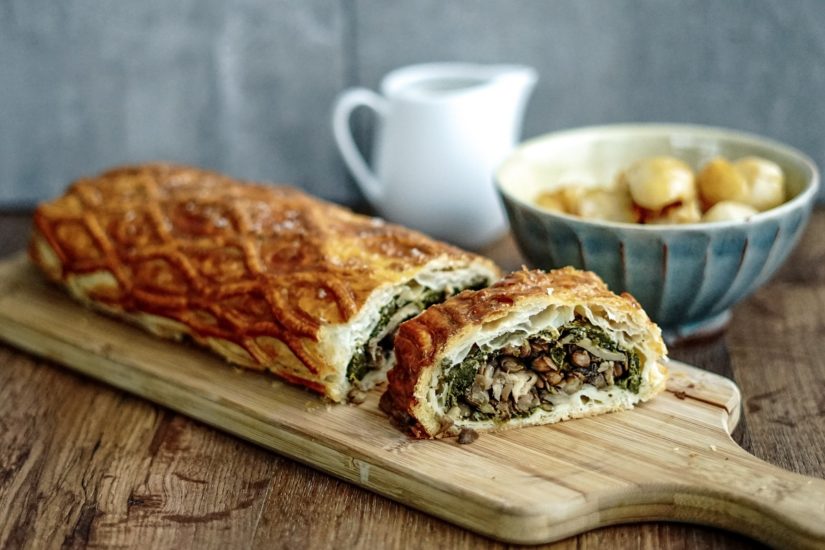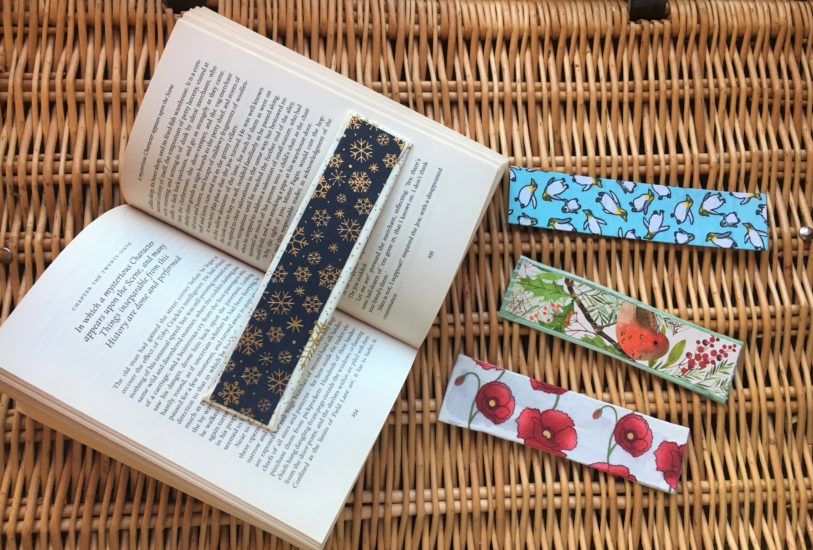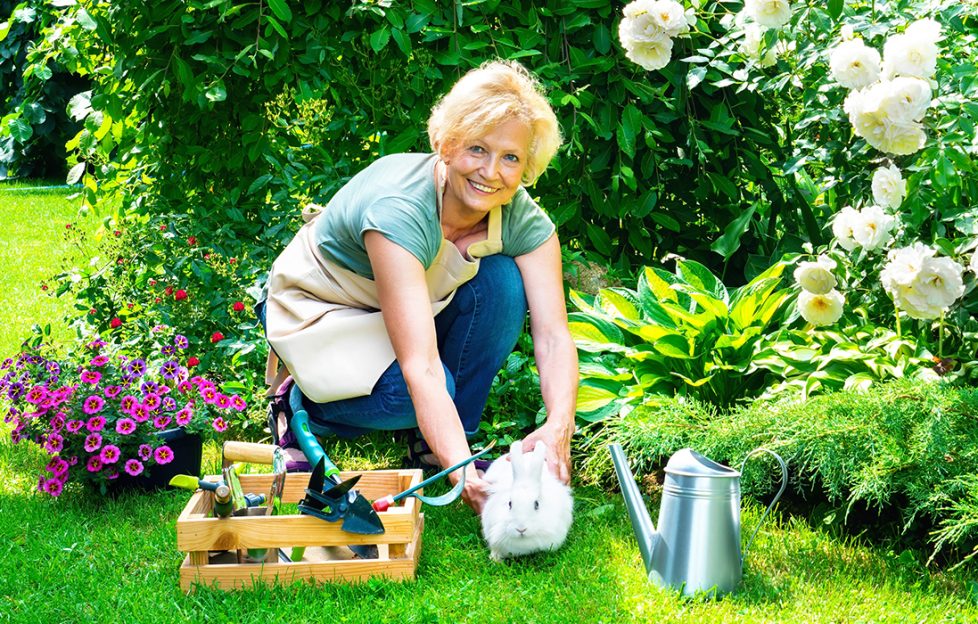 Shutterstock / nieriss©
Shutterstock / nieriss©Hay fever season has well and truly arrived, but that doesn’t mean you have to stay out of the garden. Here are eight plants which are best suited for an anti-allergy outdoor space.
Horticulture experts from GardenBuildingsDirect.co.uk have named eight flowers, shrubs and trees which will reduce the pollen count of a garden.
The flowers on the list all score low on “The Ogren Plant Allergy Scale” which rates the allergy potential of plants from one (least allergenic) to ten (most allergenic).
Ensuring the garden is sheltered enough to prevent pollen from other gardens flying into the space can also help reduce the number of allergens in the air, meaning hay fever sufferers can make the most of the outdoors.
A spokesperson from GardenBuildingsDirect said:
“Spring and summer can be difficult if you suffer from hay-fever as you’ll likely spend the warmer months soothing your sore eyes and runny nose.
Although you will never be able to have a completely allergen free garden – mainly due to the way pollen travels through the wind – there are plants you can opt for and measures you can take to significantly reduce the pollen count in your immediate outdoor space.
8 anti-allergy plants
1. Conifer
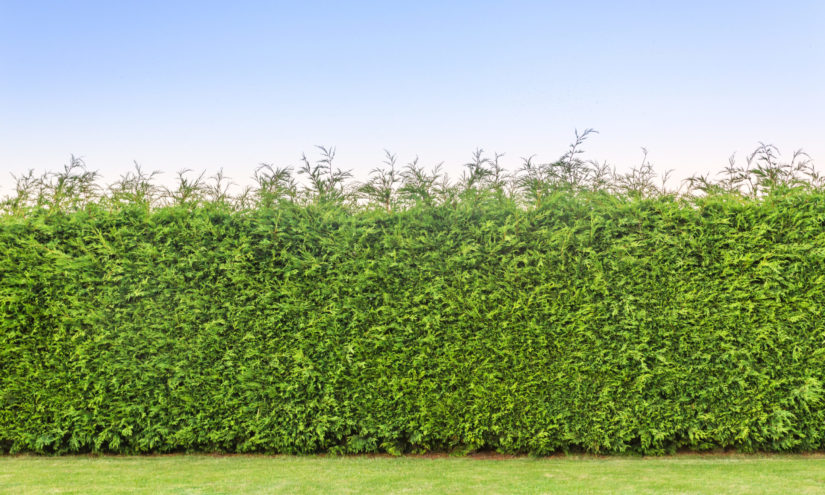
Pic: Shutterstock
Planting conifer hedges along the boundaries of the garden will help block pollen from other patches blowing in.
It can also provide more privacy and give your space a great canvas before you plant flowers.
2. Double-Flowered Hollyhocks
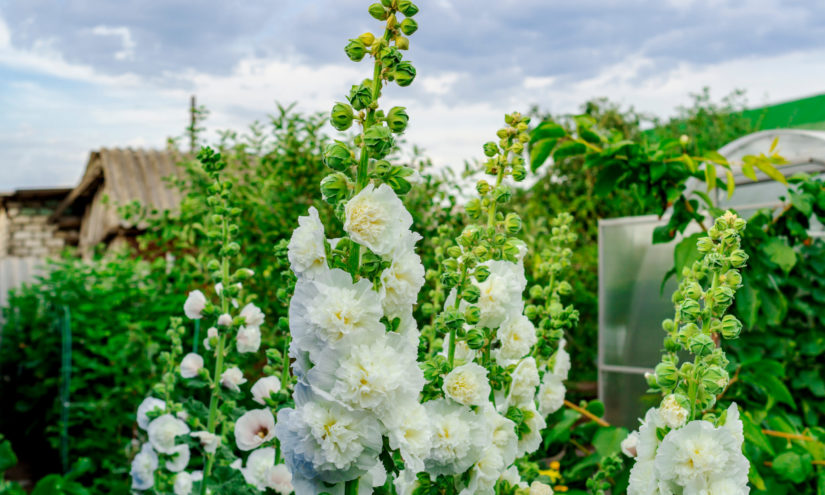
Shutterstock.
The double-flowered variety produces less pollen than the single-flower, making them a wise choice for allergy sufferers. They also attract hummingbirds and butterflies which will help brighten up the garden even more.
3. Petunias
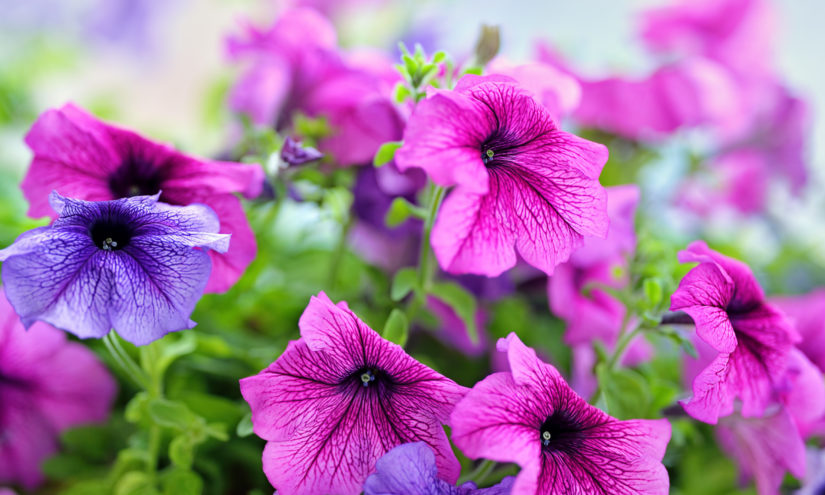
Pic: Shutterstock
Petunias need regular watering and can grow in shady patches, although they perform best in the sun. Flowers can come in all different colours, including with stripes, so they can be a colourful addition to your anti-allergy garden.
4. Magnolias
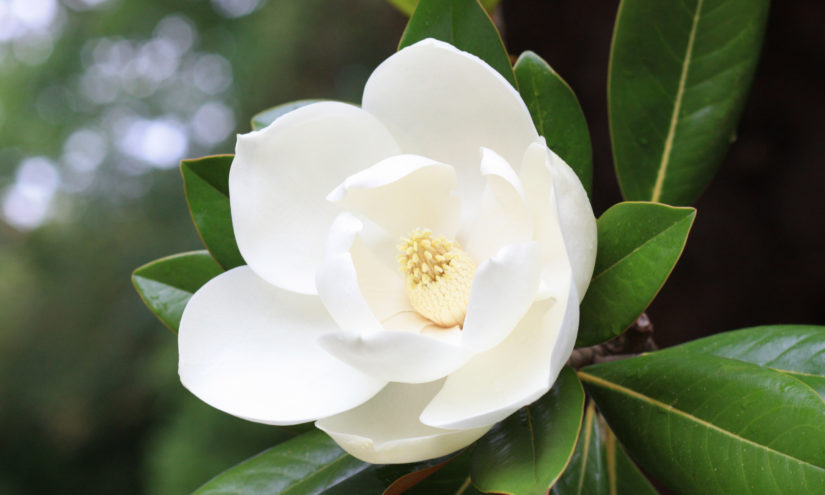
Pic: Shutterstock
Depending on how high your magnolia plant, they can be a brilliant way to introduce different heights and levels into your anti-allergy garden. This versatile plant needs to be in a sheltered position where it will catch the sun.
5. Holly
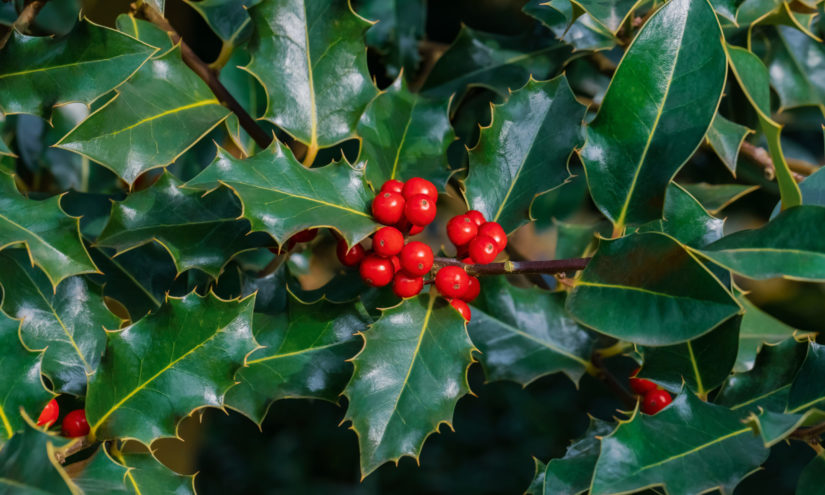
Pic: Shutterstock
Although female trees like holly do drop berries, they don’t produce pollen.
This means they’re perfect for those who suffer from allergies.
6. Fuchsia
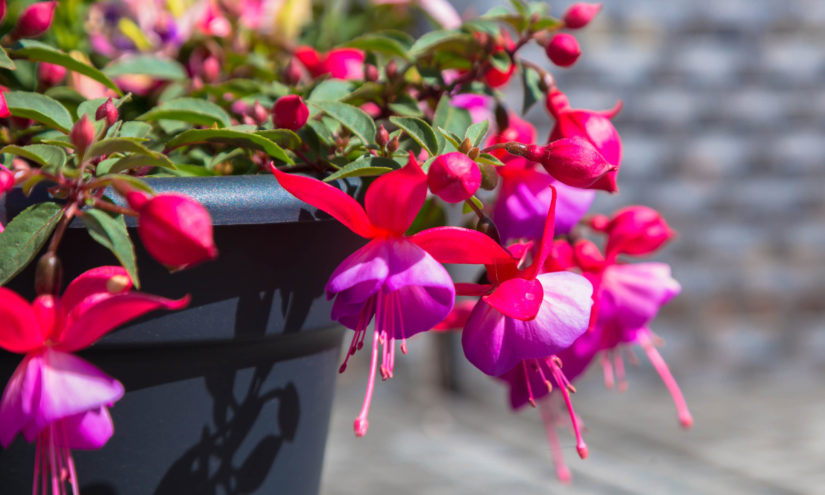
Shutterstock.
The unique teardrop shape of this versatile shrub can make thick hedges and also grow well in amongst other flowers.
They come in a wide range of colours meaning they will complement other flowers found in your garden.
7. Geraniums
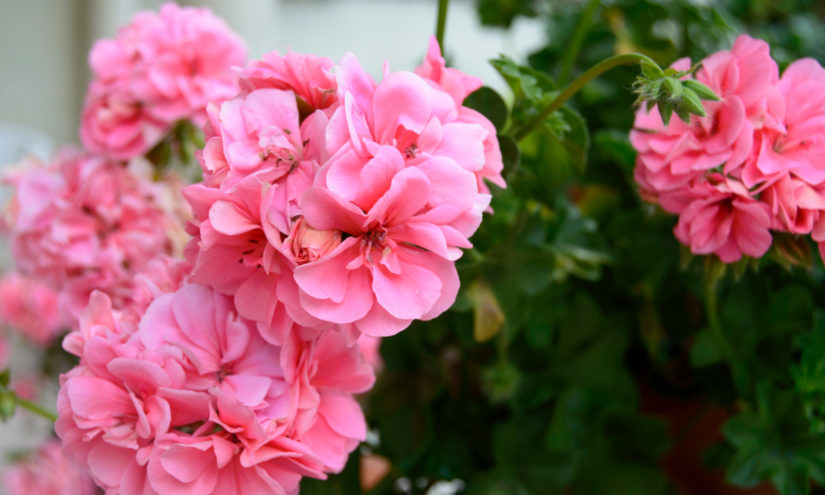
Pic: Shutterstock
The hardy Geranium plants don’t need to spend so much time in the sun. This means they can survive well in most areas of the garden.
Regular deadheading can encourage flowers to grow back even quicker.
8. Fruit Trees
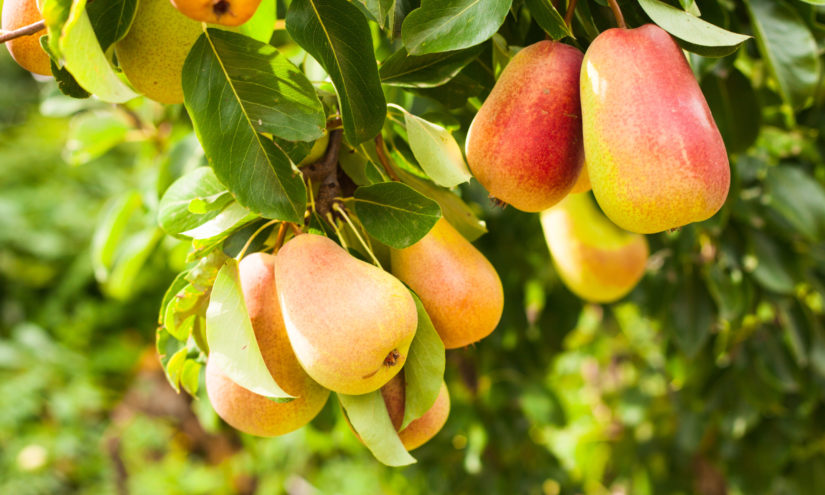
Shutterstock.
Fruit trees such as apples, pears and cherries are pollinated by insects, as opposed to the tree itself. Once established, fruit trees are very hardy and will produce fruit yearly.
You may also like:



